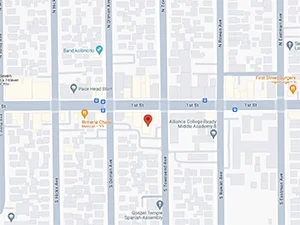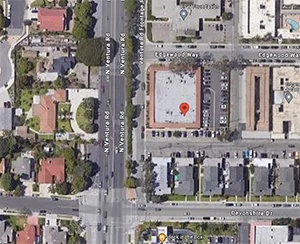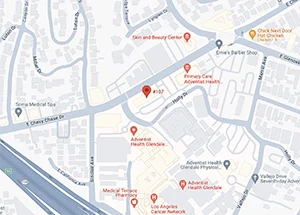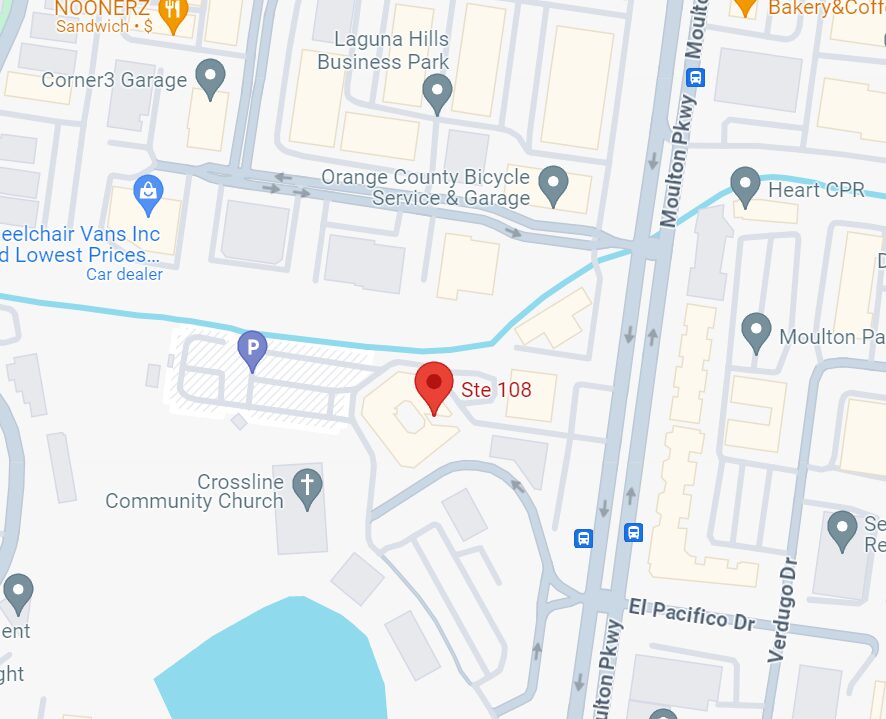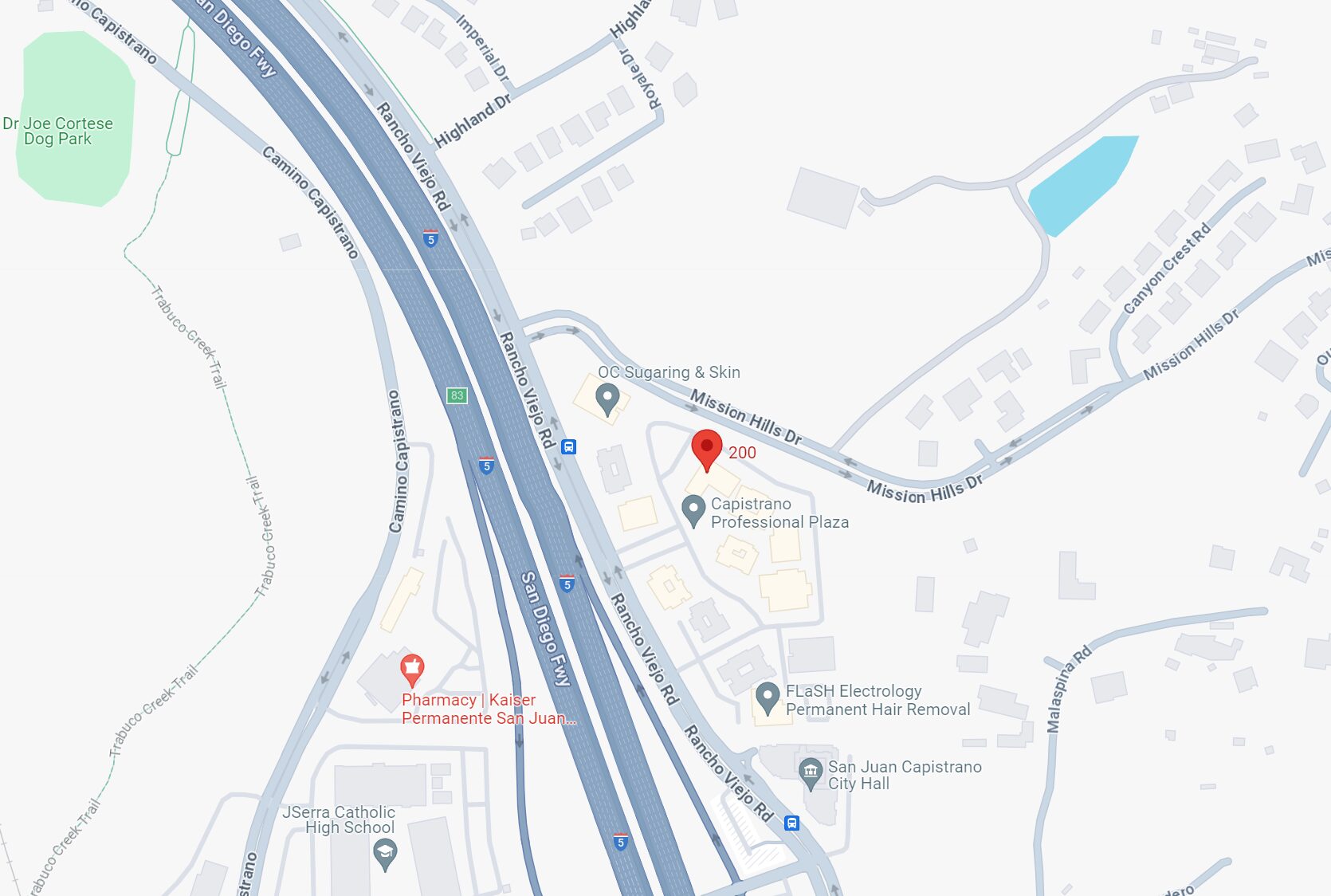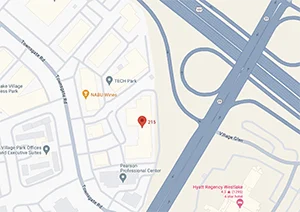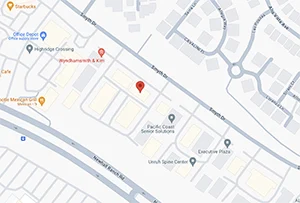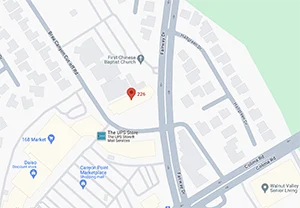Expert Scar Treatment at Unified Health
At Unified Health, we understand that scars can affect more than just your skin—they can impact your confidence and comfort as well. Whether your scars are the result of acne, surgery, injury, or burns, our expert dermatology team offers personalized treatment plans to help minimize their appearance and restore healthy-looking skin. Using advanced medical and cosmetic dermatologic techniques, we work with you to identify the most effective treatment options tailored to your skin type and specific concerns. Our goal is not just to treat the scar, but to help you feel good in your skin again.
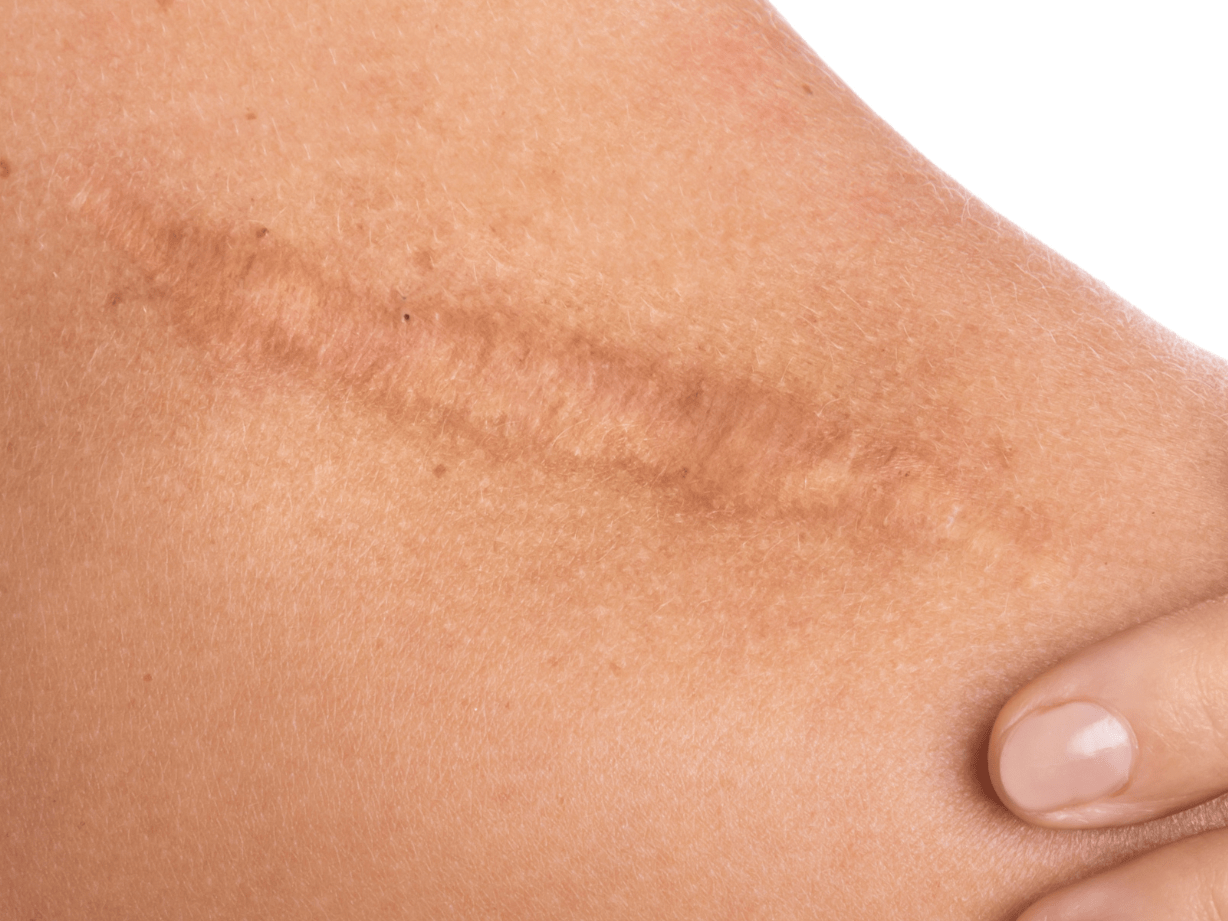
- Atrophic Scars: Depressed scars that sit below the surface of the skin, often caused by acne or chickenpox. These scars result from a loss of underlying tissue.
- Hypertrophic Scars: Raised, red scars that stay within the boundary of the original wound. They are caused by excess collagen production during healing and may improve over time.
- Keloid Scars: Thick, raised scars that grow beyond the original wound boundaries. Keloids are more common in individuals with darker skin tones and may require more aggressive treatment to reduce their size and appearance.
- Contracture Scars: These scars tighten the skin, potentially limiting movement. They often occur after burns and can affect deeper layers of skin and muscle.
- Stretch Marks (Striae): A type of scar that appears when the skin stretches or shrinks rapidly, leading to damage of the collagen and elastin. Common causes include pregnancy, weight changes, or growth spurts.
- Topical Treatments: Silicone gels or sheets, corticosteroid creams, and other medicated topicals can help flatten and lighten scars over time.
- Kenalog or 5-Fluorouracil (5-FU) Injections: These intralesional injections are commonly used for raised scars such as hypertrophic or keloid scars. They help reduce inflammation and flatten the scar over time.
- Subcision with Filler: This minimally invasive procedure involves breaking up scar tissue beneath the skin to lift depressed scars. The area may then be filled with a dermal filler to improve texture and volume.
- Subcision with Sculptra: Similar to traditional subcision, this technique uses Sculptra—a biostimulatory filler—to not only lift depressed scars but also stimulate collagen production for long-term skin improvement.
- Microneedling: A treatment that uses fine needles to stimulate collagen production and improve skin texture, especially effective for atrophic acne scars.
- Chemical Peels: These exfoliate the top layers of skin, improving the appearance of shallow scars and promoting skin renewal.
- Fractional Laser Resurfacing: This laser treatment targets microscopic columns of skin, promoting new collagen growth and smoothing out scars over time.
- Renuvion Resurfacing: A cutting-edge treatment that combines radiofrequency energy and helium plasma to resurface and tighten skin, ideal for more significant textural scarring.
- Cryotherapy: Often used for keloid scars, this method freezes scar tissue to reduce its size and appearance.
Before and After Results
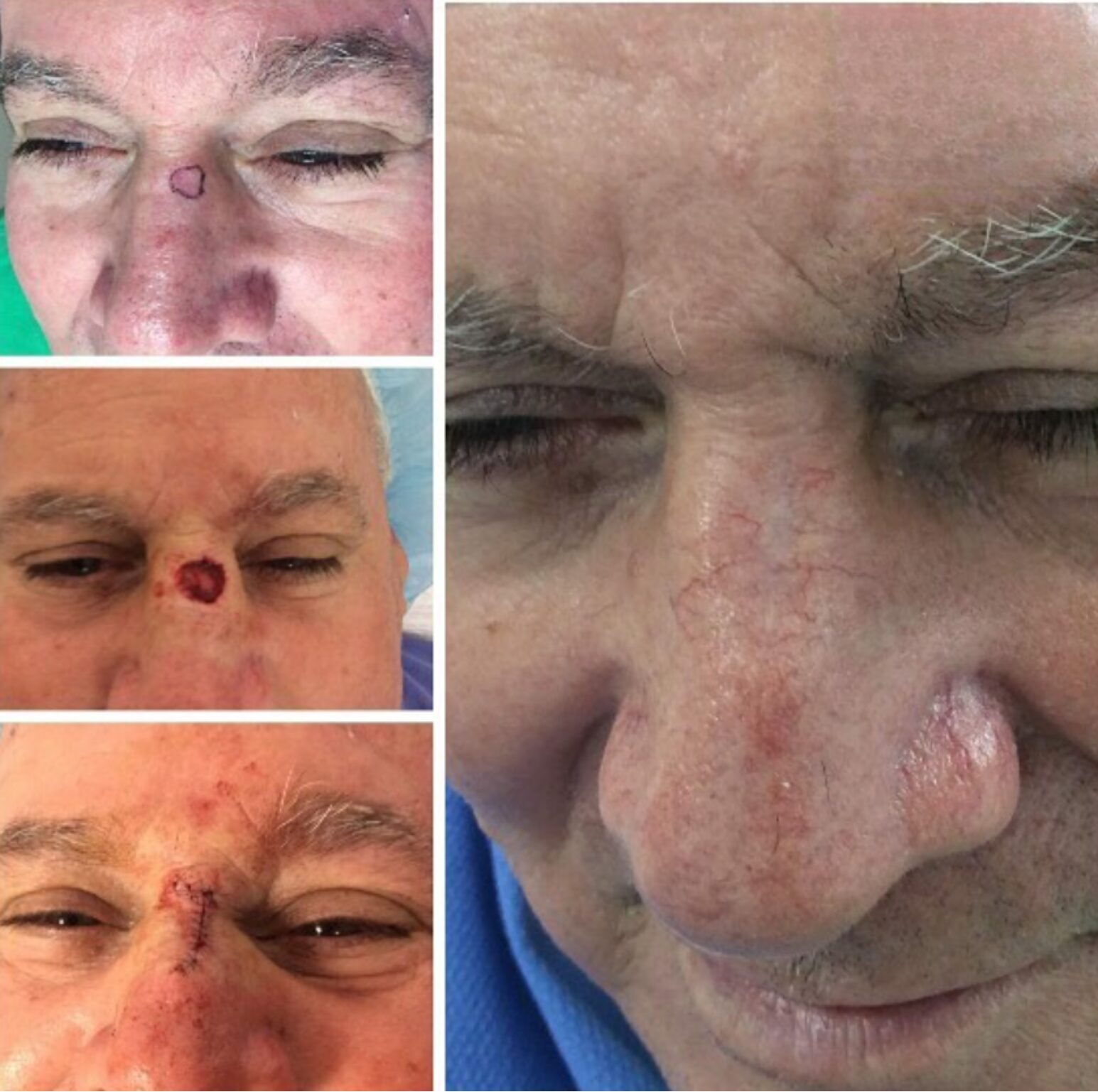
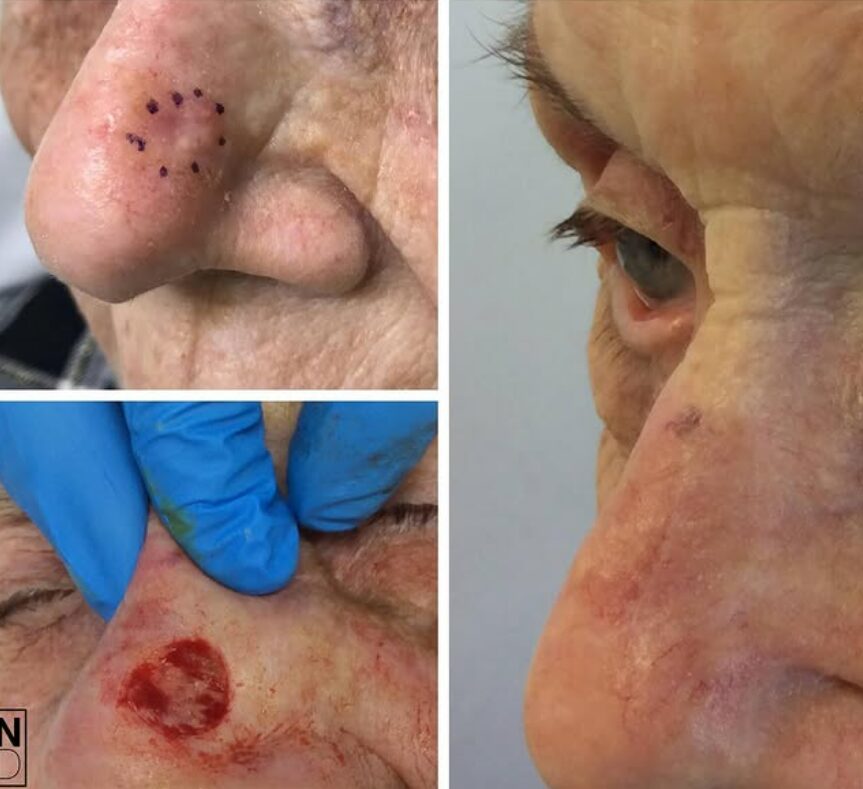
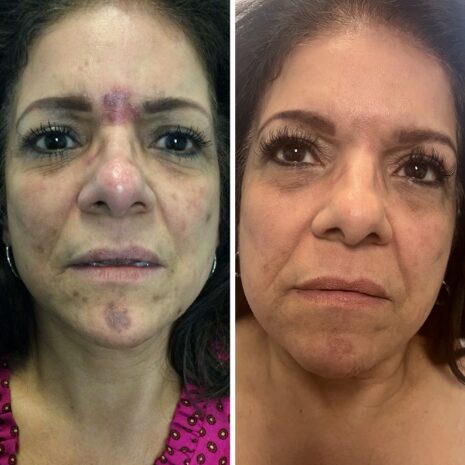
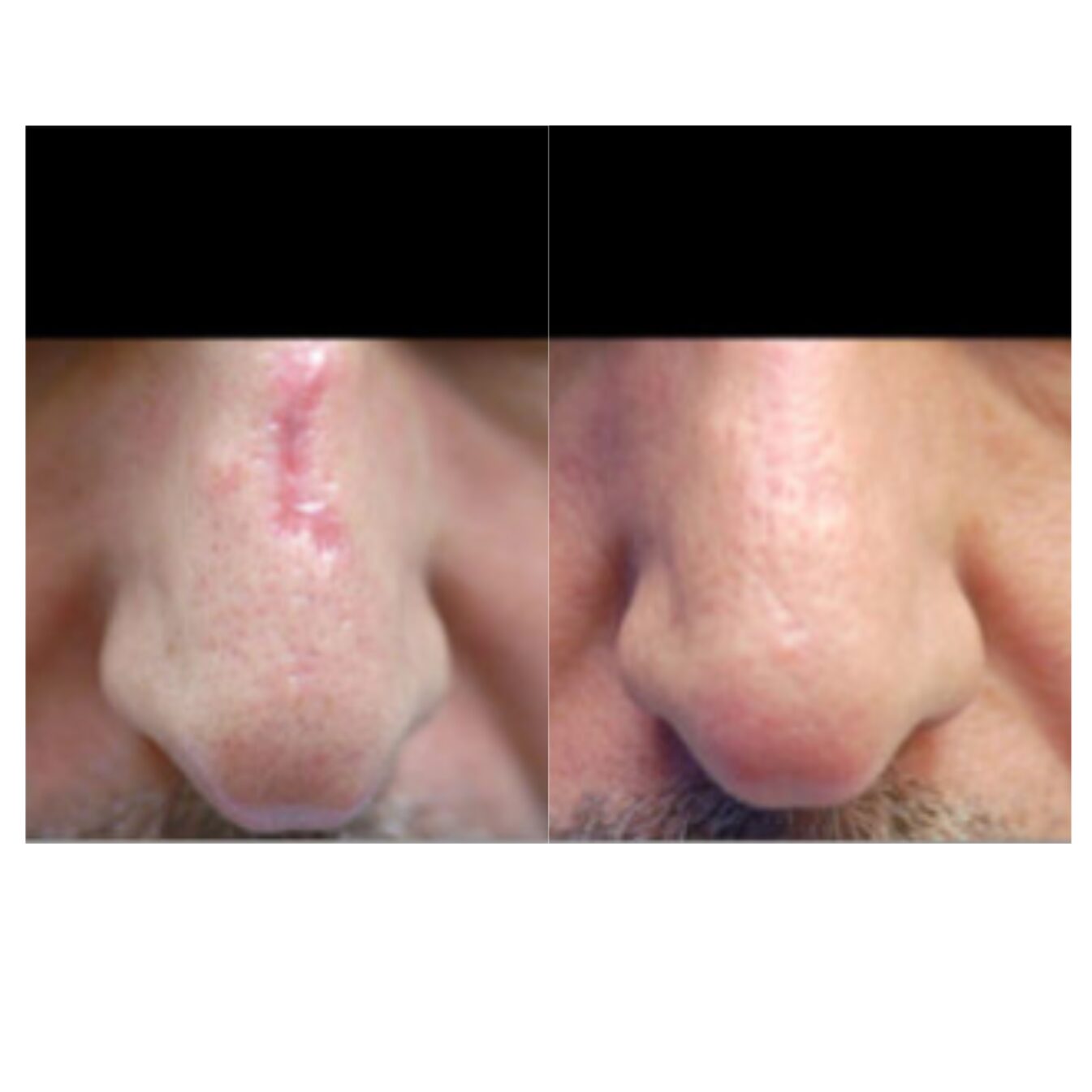
- Wound Care: Keeping wounds clean and moist can promote better healing.
- Sun Protection: Using sunscreen on healing wounds can prevent discoloration and worsening of scars.
- Avoiding Tension: Limiting movement in the area of a healing wound can prevent stretching and widening of the scar.

